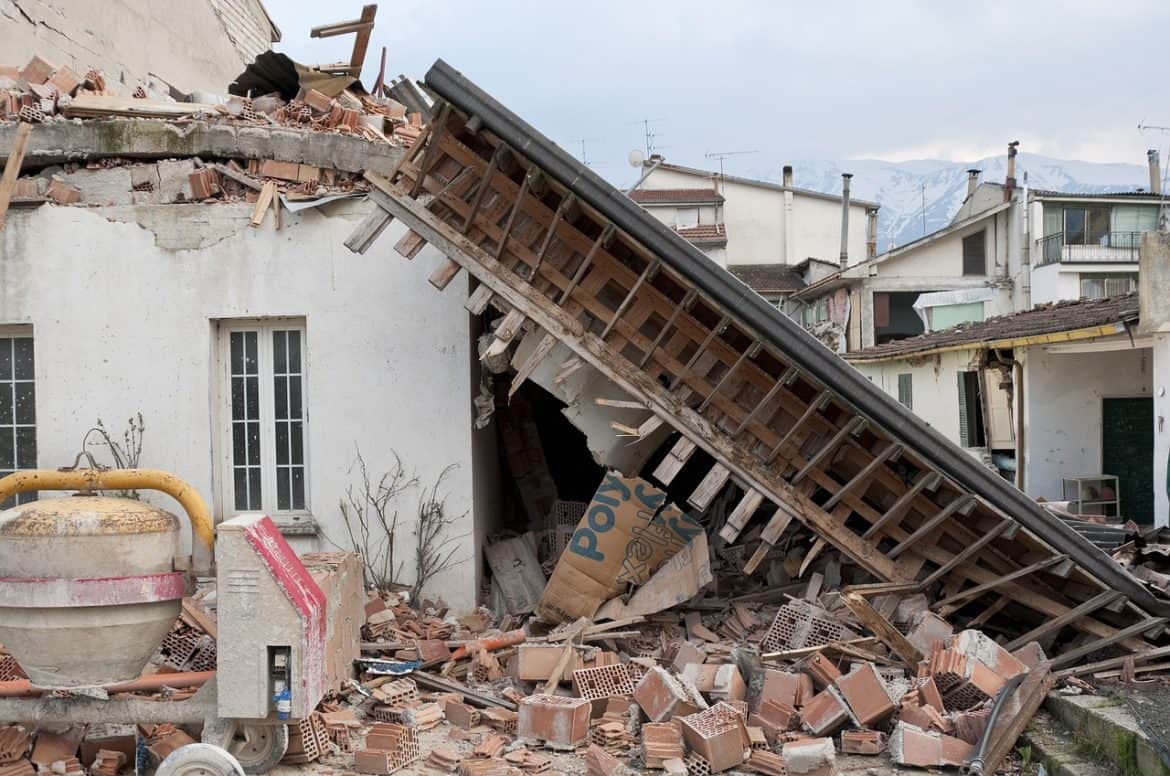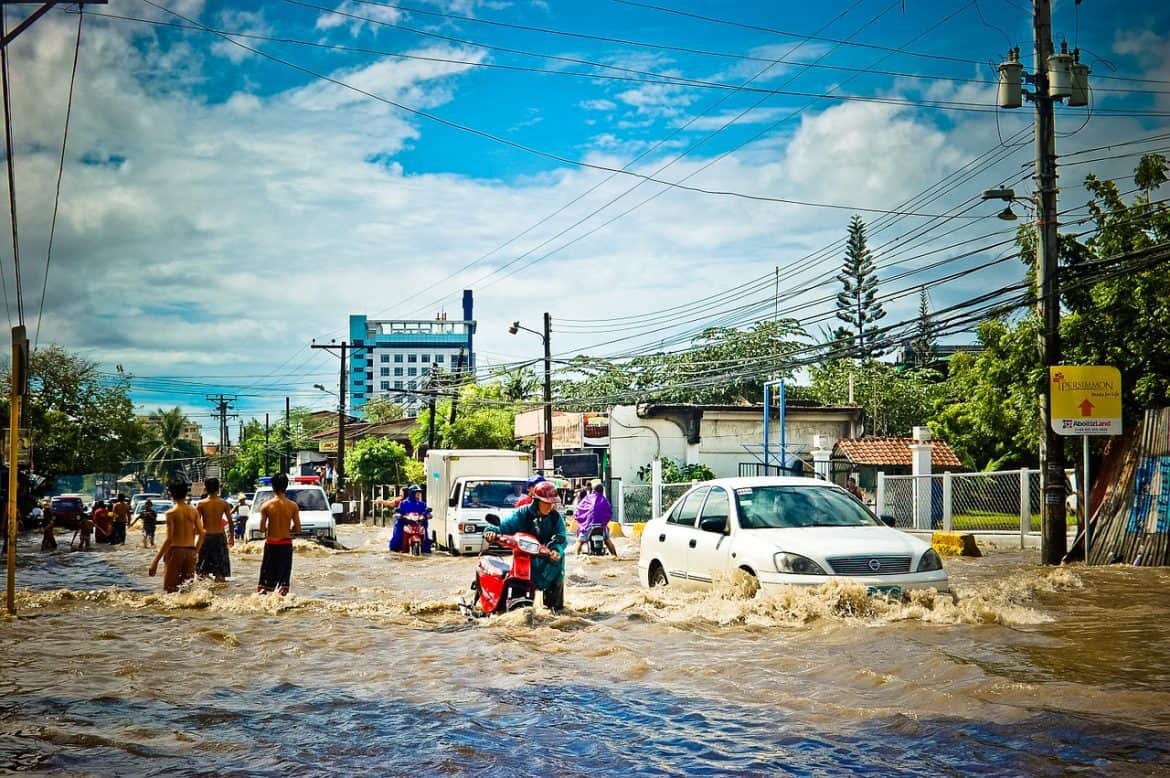I have to say, as someone that spent 4 years working as a emergency management planner assigned to our Nuclear Power Plant Safety program, and dedicated to training first responders in how to remain safe during a power plant response, I have little tolerance for the fear-mongering and nonsense that some people in the preparedness community […]
Month: February 2017
Nine Tips To Becoming A Better Bow Hunter
Bow hunting is a difficult form of hunting and many turn to it because of that. If you care about becoming a better bow hunter then you need to push youtself, learn your limits, and fight to be successful. There are many things that can go wrong in every scenario, but hopefully these 9 tips […]
Preparing Your Home for an Earthquake
Compared to other natural disasters like hurricanes and fires, earthquakes strike without warning anywhere in the world. There’s no telling when they’ll happen and most of the time, they bring extensive damage. During an earthquake, your own home itself can become a danger to you and your family. How can you prepare your own home […]
WT Makes Kale Chips
We have made a Kale Chips Post before, kinda like the multiple brandied strawberry posts. However the first time I showed this William was a baby, and when Genny went to make this on Sunday William wanted to participate. With WT wanting to cook with mommy, and Genny needing content for her Healthy Life […]
Floods
Take Floods seriously – floods kill more people each year than any other natural phenomenon including tornadoes. Ask your local emergency management office if you live in a flood-prone area. Learn the area’s flooding history, flood warning signs and alert signals. Get a copy of the community flood evacuation plan. Have a fully-supplied emergency kit on […]





